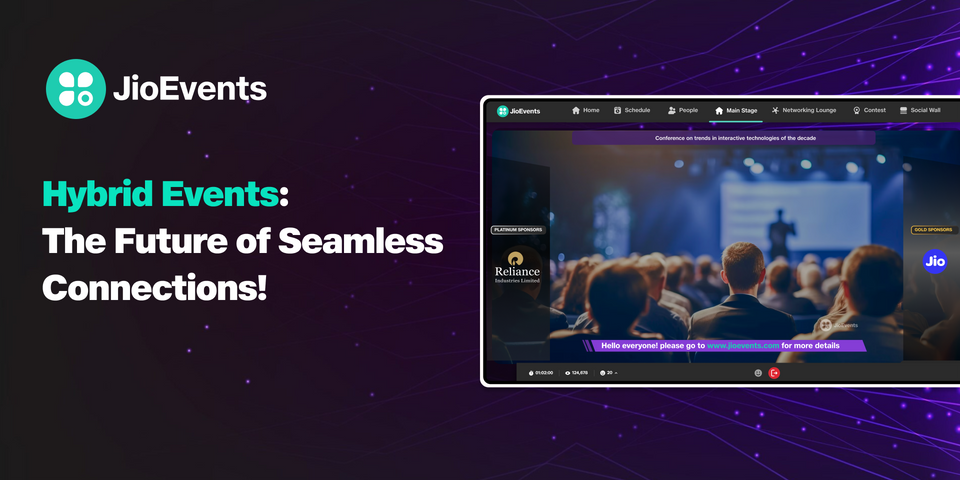The Future of Hybrid Events: Seamlessly Merging Experiences

In today’s rapidly evolving event landscape, hybrid events have emerged as the future of event management. As the perfect blend of in-person and virtual experiences, hybrid events allow businesses and organizations to engage broader audiences, regardless of geographical limitations. With the rise of technology and changing attendee expectations, hybrid events are here to stay. Here’s how you can seamlessly merge physical and virtual experiences to create successful, engaging events.
Key Trends Shaping Hybrid Events
The shift to hybrid events has unlocked innovative approaches to event planning. Here are some of the latest trends transforming the future of hybrid events:
- Interactive Virtual Platforms: Platforms now offer advanced features like virtual networking lounges, real-time polls, and interactive Q&A sessions, enhancing audience interaction.
- Personalized Experiences: Attendees expect personalized content tailored to their needs. Event organizers can use data analytics to track attendee preferences and deliver customized experiences.
- AI-Powered Event Management: Artificial intelligence is revolutionizing event management, from chat bots assisting attendees to automated follow-ups for post-event engagement.
- Sustainability Focus: Hybrid events help reduce travel, catering, and logistics costs, making them a more eco-friendly option compared to traditional events.
Best Practices for Organizing Hybrid Events
To make your hybrid event successful, here are some best practices to follow:
- Unified Event Strategy: Create a cohesive plan that seamlessly integrates the physical and virtual components. Both audiences should feel equally engaged.
- Engage Both Audiences Simultaneously: Include live polls, interactive sessions, and networking opportunities that encourage participation from both in-person and virtual attendees.
- Invest in Technology: A strong technology infrastructure is key to running a smooth hybrid event. High-quality live streaming, secure platforms, and reliable connectivity are crucial.
- Offer Flexible Access: Allow virtual attendees to access content on-demand after the event. This keeps engagement high and provides more value to those who couldn’t attend live.
- Prepare for Contingencies: Plan for potential technical glitches or last-minute changes. Have backup solutions in place for both physical and virtual aspects.
Impact on Audience Engagement
The biggest advantage of hybrid events is their potential for increased audience engagement. By offering both in-person and online options, you can:
- Expand your reach: Connect with global audiences who may not be able to attend in person.
- Boost engagement: Use interactive tools to engage virtual attendees and make them feel like part of the live event.
- Increase ROI: By recording and sharing event content, you can continue to engage your audience long after the event ends, maximizing return on investment.
The future of events is hybrid. By adopting the latest trends and following best practices, you can create events that not only meet the needs of today’s audience but also prepare you for tomorrow’s challenges. Whether it’s boosting audience engagement, expanding reach, or providing a personalized experience, hybrid events offer limitless possibilities for success. Ready to plan your next event? JioEvents can help you seamlessly merge physical and virtual experiences for a truly unforgettable event.





